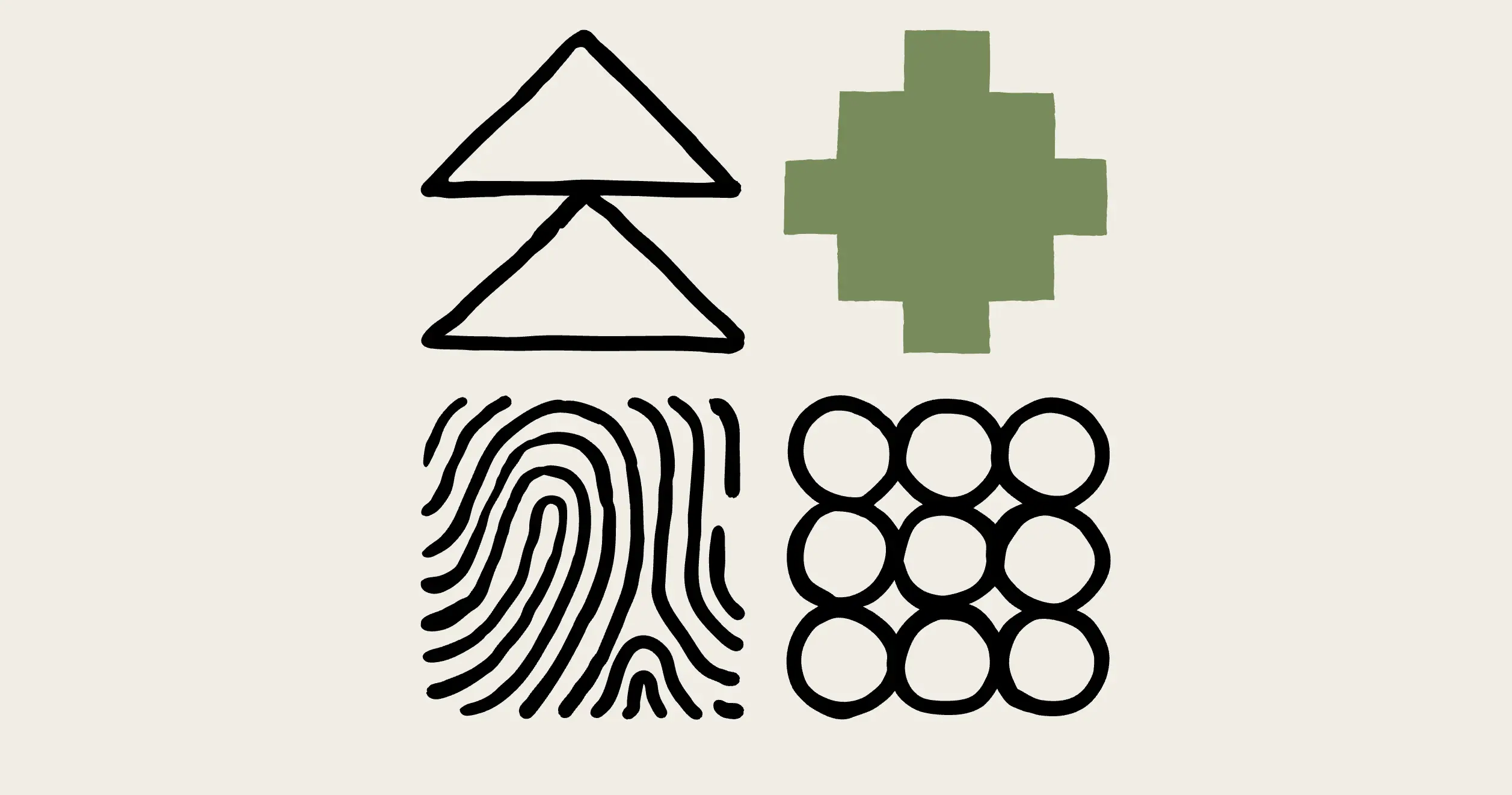10 Oldest Civilizations in the History of the World
Updated on
Published on
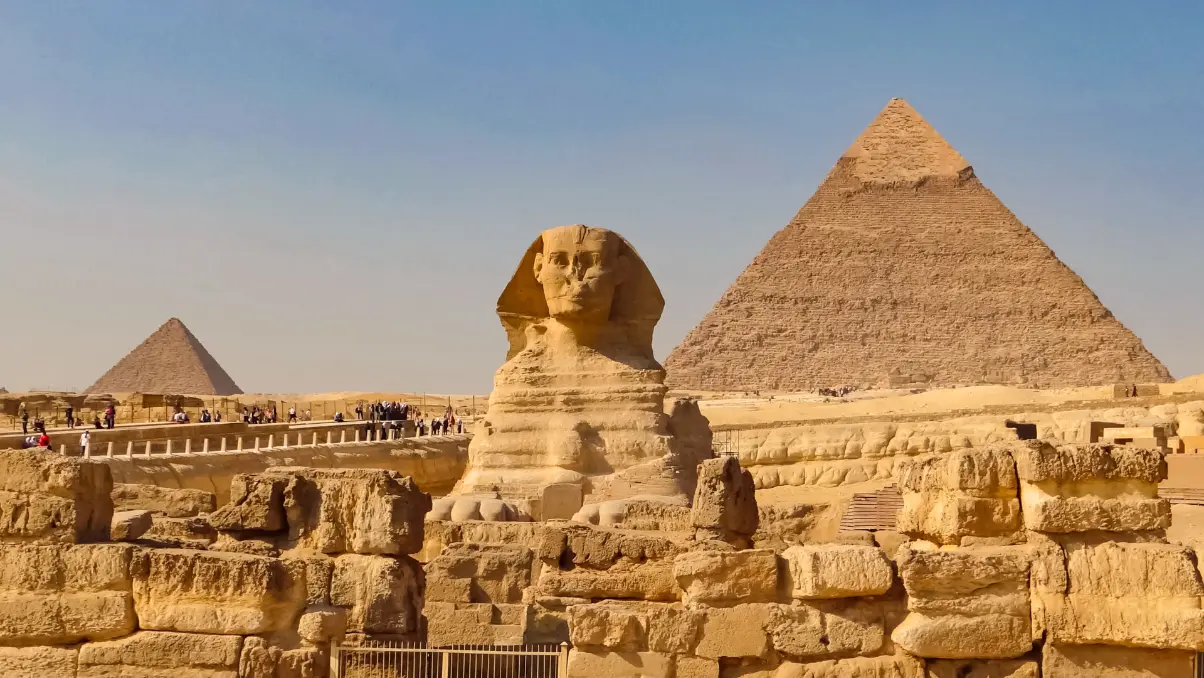
- The first oldest civilizations emerged between 4000 and 3000 BCE, driven by farming surplus, cities, and early writing.
- This global ancient civilizations timeline spans the Middle East, Africa, Asia, and the Americas, showing multiple independent origins.
- Civilizations rose on river systems and trade corridors that enabled population growth, craft specialization, and governance.
- Decline usually followed climate shifts, conflict, or economic change, though some cultures evolved rather than vanished.
- Use this quick guide to compare top ancient cultures, their timelines, and contributions that still shape the modern world.
The story of the oldest civilizations is the story of how small farming villages became cities with writing, law, and long distance trade. This global ancient civilizations timeline follows the first civilizations that rose in river valleys and coastal hubs, from the cradle of civilization in Mesopotamia and the Nile to early China, the Indus region, the Aegean, and the Americas. Our ranked list of the top ancient cultures shows when each civilization emerged, peaked, and declined, and why their ideas in governance, engineering, and science still shape the modern world. Use this quick reference to compare milestones on the ancient history timeline, understand independent origins across regions, and see how innovation, surplus, and exchange created the foundations of urban life.
10) Ancient Rome 753 BCE to 476 CE
Rome began as a small town on the Tiber and grew into a power that unified lands around the Mediterranean. It moved from kings to a republic then to emperors, building a professional army, a vast road network, aqueducts, and durable legal ideas. Roman culture absorbed Greek learning and spread urban life, trade, and administration across Europe, North Africa, and the Near East before the western empire fell in the late fifth century.
- Timeline: Foundation 753 BCE, Republic 509 BCE, Empire 27 BCE, Western fall 476 CE
- Highlights: Roads and aqueducts, Roman law, monumental architecture, city building
9) Ancient Greece about 800 to 323 BCE
Greek city states such as Athens and Sparta shaped politics, science, art, and sport for centuries. The Archaic period set foundations for the Classical era, when philosophy, drama, and democratic practice flourished. After Alexander, Greek language and culture spread widely in the Hellenistic world, setting the stage for later Roman adoption.
- Timeline: Archaic rise about 800 BCE, Classical peak fifth to fourth centuries BCE, ends with Alexander’s death 323 BCE
- Highlights: Democracy in Athens, philosophy and science, literature and theater, the Olympic Games

8) Olmec Civilization about 1200 to 400 BCE
In the tropical lowlands of present day Mexico, the Olmecs built early ceremonial centers and developed complex art and ritual. They are best known for colossal stone heads and early systems of counting, astronomy, and time keeping that influenced later cultures. Their trade in jade and obsidian connected distant regions and helped spread shared symbols and ideas.
- Timeline: Emerges about 1200 BCE, centers at San Lorenzo and La Venta, wanes by 400 BCE
- Highlights: Colossal heads, early calendar and writing traditions, wide trade networks
7) Mayan Civilization about 1500 BCE to 1697 CE
The Maya built city kingdoms in the Yucatán and Central America with stepped pyramids, palaces, and plazas. They created a sophisticated writing system, advanced astronomy, and precise calendars. After a major decline in the southern lowlands around the ninth century, Maya culture continued in the north and endured into the early modern era.
- Timeline: Early roots about 1500 BCE, Classic peak from about 250 to 900 CE, last independent city falls 1697 CE
- Highlights: Hieroglyphic writing, astronomy and mathematics, enduring cultural continuity
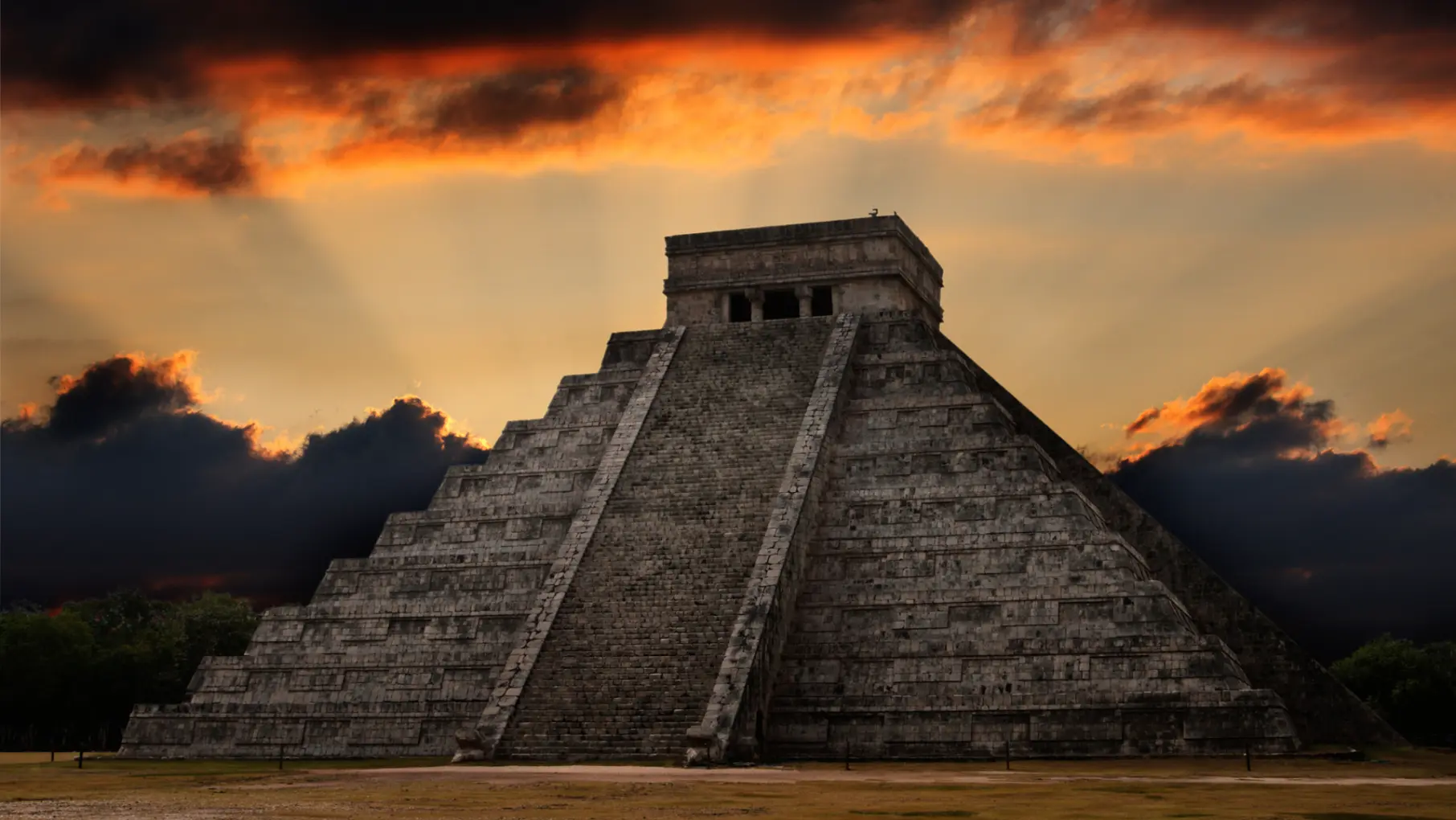
6) Ancient Chinese Civilization from about 2070 BCE onward
Along the Yellow River, early dynasties formed one of the world’s longest running civilizations. Bronze craft, silk production, and an early logographic script supported complex states that later unified vast territories. Across many dynastic cycles, China carried forward innovations, philosophy, and governance that tied a continuous civilizational identity to the present.
- Timeline: Traditional start with Xia about 2070 BCE, Shang by 1600 BCE, Zhou after 1046 BCE, later unifications continue the line
- Highlights: Papermaking, compass, gunpowder, civil service traditions and classical philosophy
5) Minoan Civilization about 2700 to 1100 BCE
On Crete, the Minoans built palace centers like Knossos with multi story architecture, storerooms, and vibrant frescoes. A maritime economy connected Crete with Egypt and the Near East, while artisans produced fine pottery and metalwork. Natural disasters and later mainland influence ended their dominance, but their art and planning shaped Aegean culture.
- Timeline: Rise about 2700 BCE, palatial peak about 2000 to 1600 BCE, declines after mid second millennium BCE
- Highlights: Palace complexes, seaborne trade, fresco art and luxury crafts
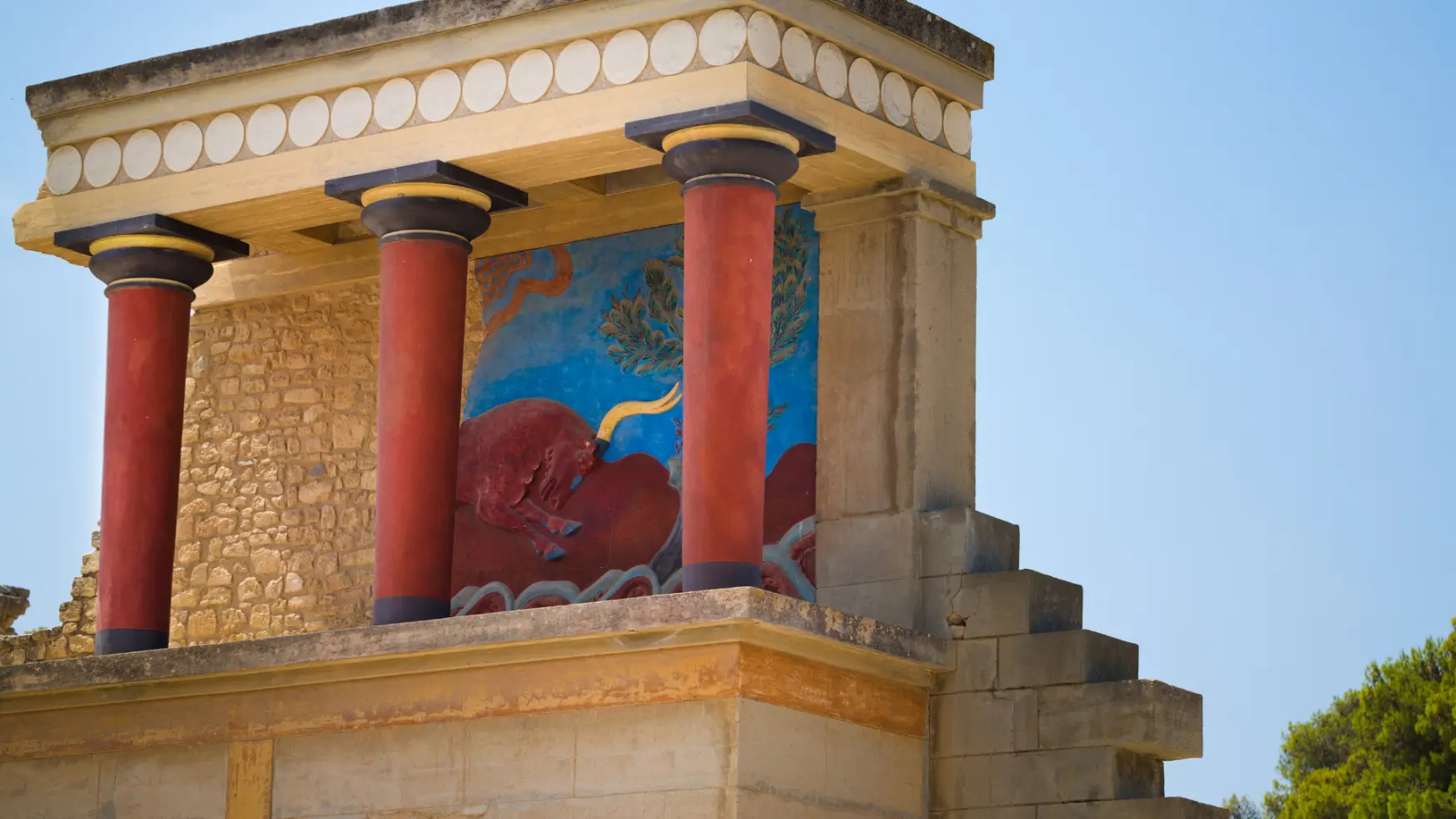
4) Ancient Egyptian Civilization about 3150 to 30 BCE
Unified along the Nile, Egypt produced long lasting dynasties and monumental building programs that signaled centralized power and religious order. From pyramids and temples to hieroglyphic writing and mathematics, Egypt influenced neighbors for centuries. It endured for about three millennia before falling under foreign rule and then Roman annexation.
- Timeline: Unification about 3150 BCE, Old Middle and New Kingdom phases, annexed by Rome in 30 BCE
- Highlights: Pyramids and temples, hieroglyphs, administration and monumental engineering

3) Indus Valley Civilization about 3300 to 1300 BCE
Across present day Pakistan and northwest India, the Indus cities such as Mohenjo daro and Harappa featured grid plans, standardized bricks, and advanced drainage. Long distance trade linked the region with Mesopotamia while a still undeciphered script hints at complex administration. Urban life waned after 1900 BCE, likely tied to climate shifts and changing river systems.
- Timeline: Early phase about 3300 BCE, mature urban peak 2600 to 1900 BCE, declines to 1300 BCE
- Highlights: Urban planning, sanitation, standardized crafts and far reaching trade
2) Caral Supe also called Norte Chico about 3500 to 1800 BCE
On the coast of Peru, Caral Supe built large platform mounds, sunken plazas, and planned settlements without ceramics or known writing. Supported by irrigation and marine resources, it stands as the earliest known complex society in the Americas and one of the few independent cradles of civilization.
- Timeline: Settlements by about 3500 BCE, major centers by about 3100 BCE, gradual decline by 1800 BCE
- Highlights: Monumental architecture, river valley planning, early Andean cultural roots
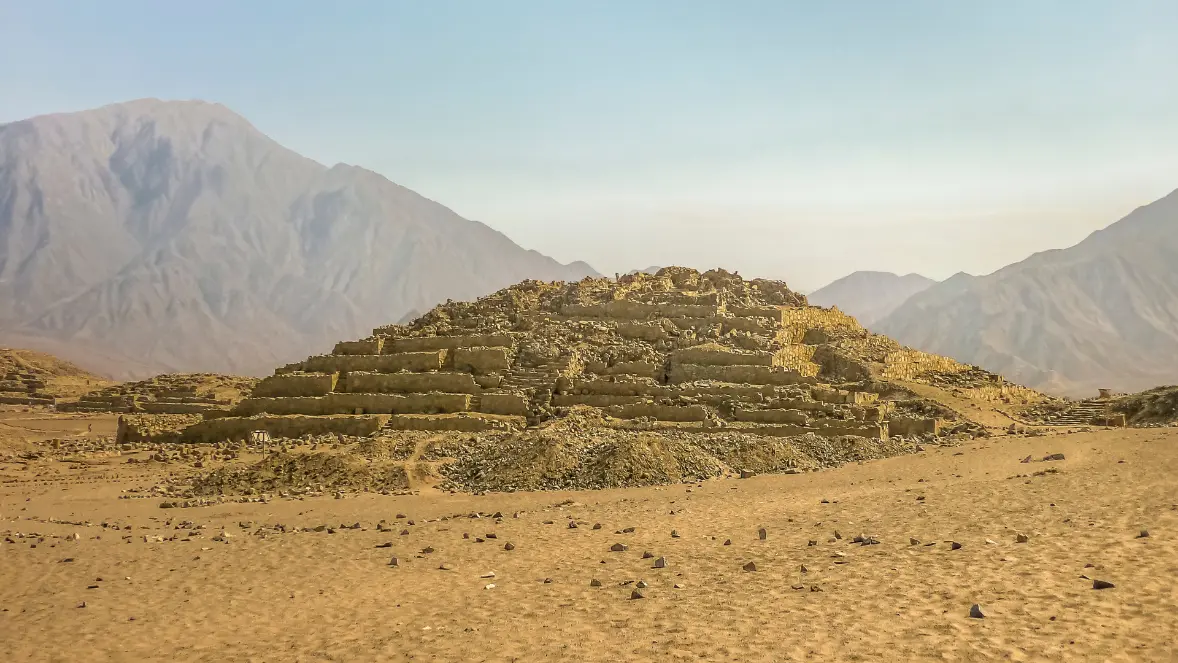
1) Sumerian Civilization about 4100 to 1750 BCE
In southern Mesopotamia, Sumer produced the first known cities and the earliest widely attested writing system, cuneiform. City states like Uruk and Ur advanced irrigation, law, literature, and temple centered economies. Their ideas spread across the region and set many templates for urban life that later empires adopted.
- Timeline: Emerges about 4100 to 4000 BCE, city state peak in the third millennium BCE, absorbed by rising neighbors by 1750 BCE
- Highlights: Cuneiform writing, early law and literature, ziggurats and irrigation systems

Viewed together, the top ancient cultures reveal repeating patterns on the ancient civilizations timeline. Civilizations grew where water, fertile soil, and trade routes supported cities, then flourished as writing, mathematics, and administration scaled across regions. Many later declined through climate stress, conflict, or economic change, yet their achievements in architecture, law, and learning endure. This guide to the oldest civilizations offers a skimmable path through the ancient history timeline, from the first civilizations to the empires that carried their ideas forward, and helps readers see how early breakthroughs still anchor our world today.
FAQ
What qualifies as a civilization in the ancient world
A civilization shows urban centers, social classes, organized government, large scale agriculture, craft specialization, long distance trade, and shared culture. Many also develop writing and monumental building.
Which is the oldest civilization on record
Most scholars place the Sumerian civilization of southern Mesopotamia first. Its earliest cities and cuneiform writing appear around 4100 to 3300 BCE.
Why did early civilizations form near rivers
Rivers provided reliable water, fertile floodplains, easy transport, and food from farming and fishing. These advantages supported population growth and surplus production.
What are the main cradles of civilization
Mesopotamia, Egypt, the Indus Valley, the Yellow River region of China, Caral Supe in the Andes, and Mesoamerica are widely listed as independent birthplaces of civilization.
How do historians date ancient civilizations
They combine radiocarbon dating, tree ring sequences, stratigraphy, inscriptions with year counts, and cross checks with astronomical events recorded in texts.
Did the oldest civilizations invent writing
Several did. Sumer created cuneiform, Egypt developed hieroglyphs, China formed early logographic script, and the Maya built a full writing system in the Americas.
Which civilization lasted the longest
Ancient Egypt endured about three thousand years as a distinct state tradition. Chinese civilization is the longest continuous civilizational line from ancient times to the present.
What caused many ancient civilizations to decline
Typical factors include climate change, drought or floods, soil exhaustion, disease, internal conflict, and pressure from outside groups. Often several pressures arrived at once.
Why are Greece and Rome on a list of oldest civilizations
They are later than Sumer or Egypt, yet they shaped politics, law, science, and culture for much of the world. A top ten list balances age with civilizational impact.
What is the oldest civilization in the Americas
Caral Supe in coastal Peru is the earliest known complex society in the Western Hemisphere. It flourished about 3500 to 1800 BCE with large ceremonial centers.
Are culture and civilization the same thing
Culture refers to beliefs, arts, and daily life. Civilization adds cities, institutions, and complex economy. A civilization always has culture, but a culture may not be a full civilization.
Why use BCE and CE in ancient timelines
BCE means before the common era and CE means common era. The system aligns with BC and AD without religious labeling and is standard in academic writing.
How did trade connect early civilizations
Caravans and river routes moved grain, metals, textiles, and ideas between regions. Trade spread technologies such as bronze working and writing tools.
Can rankings of the oldest civilizations change
Yes. New digs, better dating, and fresh readings of inscriptions can shift timelines. The broad picture remains stable, but specific dates and firsts are refined over time.






